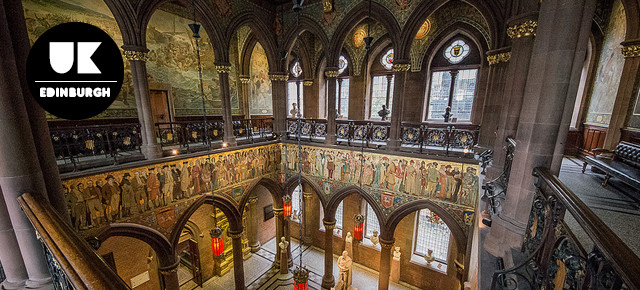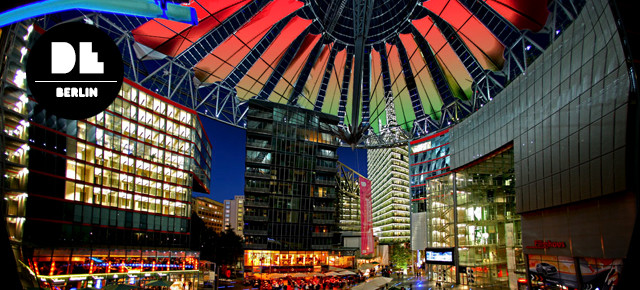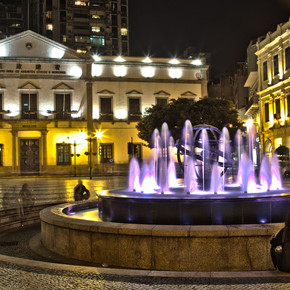
Free: All time Senado Square has been Macao’s urban centre for centuries, and is still the most popular venue for public events and celebrations today. Located close to the former Senate building, Sam Kai Vui Kun is also a reminder of the active participation of the local Chinese community in general civic affairs, providing a...

Free: All time This temple is located close to the old´Chinese Bazaar area, which nowadays functions as St. Dominic’s Market, still keeping the essence of the original function of the area. The date of construction of the temple is unknown, although plaques recovered from the site indicate a restoration date of 1792. The location of...

Free: All time Originally built in 1784, this was Macao’s original municipal chamber, a function it maintains to the present. The name “Leal Senado” (“Loyal Senate”), derives from the title “City of Our Name of God Macao, There is None More Loyal” which was bestowed by Portuguese King D. John IV in 1654, after Portugal...

Free: All time First established by Spanish Augustinians in 1591, this church maintains the tradition of organizing one of the most popular processions through the city, the Easter Procession, with thousands of devotees. The normal religious service of this church also takes into account an especially strong participation from the local Filipino community. St. Augustine’s Church...
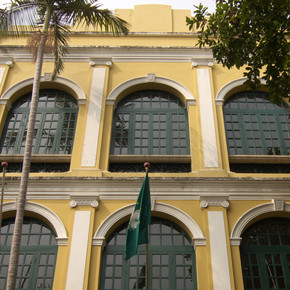
Free: All time This building was constructed before 1894 and was originally the residence of Dona Carolina Cunha. A Hong Kong businessman Sir Robert Ho Tung purchased it in 1918, using it as his retreat until his relocation to Macao during the Second World War when Hong Kong fell into the hands of the Japanese...

Free: All time Built in 1860 as the first western-style theatre in China, this is today one of the most important cultural landmarks in the context of the local Macanese community and a venue for important public events and celebrations that remains in use to this day. Dom Pedro V Theatre is neo-classical in design, incorporating...
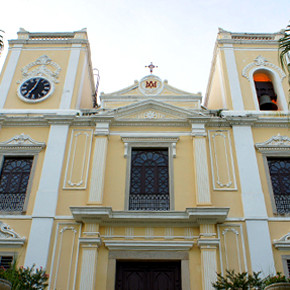
Free: All time St Lawrence’s is one of the three oldest churches in Macau. It was constructed from wood around 1569. In 1618 the church was rebuilt with clay. The present construction, made in stone, was completed in 1846. It stands near the southern coast where ships would enter the harbor and family members of...

Free: All time The ground water of Lilau used to be the main source of natural spring water in Macao. The Portuguese popular phrase: “One who drinks from Lilau never forgets Macao” expresses the locals’ nostalgic attachment to Lilau Square. This area corresponds to one of the first Portuguese residential quarters in Macao with a...

Free: All time Built before 1869, this was the traditional Chinese residential compound home of prominent Chinese literary figure Zheng Guanying, whose works on economic markets influenced both Dr Sun Yat Sen and Mao Tse Tung and were invoked by them in promoting major historic changes in China. This traditional Chinese residential complex is located...

Free: All time The Moorish Barracks is a brick and stone neo-classical structure with Mughal influences standing on a raised granite platform above the street. To the rear the construction has two floors, while the rest of the building is only one storey high. Spacious 4-metre-wide verandas with pointed arches run along all sides of...

Free: All time A-Ma Temple already existed before the city of Macao came into being. The name “Macao” is believed to derive from the Chinese “A-Ma-Gau” meaning “Bay of A-Ma”, on which A-Ma Temple is located. A-Ma Temple is situated halfway up the western slope of Barra Hill. It consists of the Gate Pavilion, the...

Free: All time Ob Khan is one of a handful of national parks in Thailand that doesn’t charge an entrance fee. Despite its close proximity to Chiang Mai, it’s not very well known. This hidden gem is the perfect spot for swimming. Its 30-meter cliff known to expats and backpackers as “The Canyon” or “The...


